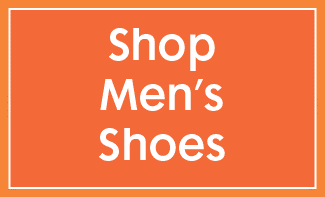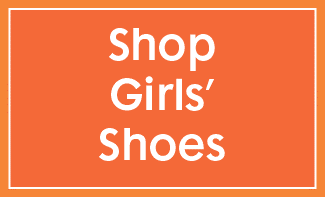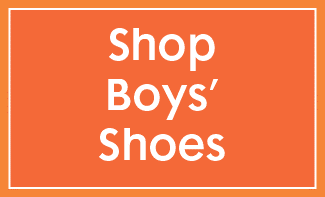
We’ve all had blisters on our feet, right?
Whether you’re a keen runner or you’re the kind of trend-setting maverick who regularly wears shoes without socks, the chances are you’ve had a painful blister on the bottom of your foot, in between your toes or the back of your heel at some point.
In a lot of cases, blister prevention can be tricky. However, there are things you can do to reduce the likelihood of your shoes rubbing your feet, along with certain steps you should take to minimise the pain and risk of infection after you develop a blister.
We reached out to Stuart Metcalfe, Consultant Podiatrist at Spire Parkway Hospital in Solihull, for expert insight on how to get rid of and prevent blisters on feet – fast.
What causes blisters?
Stuart Metcalfe told us that: “blisters are caused by friction on the skin surface, most typically on the backs of the heels, ball of the foot and other prominences. The layers of the skin separate and the typical fluid-filled blister develops”.
How to prevent blisters on feet
Unfortunately, we can’t guarantee that you’ll never develop a blister on your feet, however there are ways to minimise the risk. Here are Stuart’s top tips to help stop blisters from shoes forming on your feet:
- Check your shoes are fit for purpose – running injuries can often be traced back to a pair of trainers that should have been binned long ago.
- Wear socks – wearing socks as a preventative measure may seem odd, but socks can really help prevent common running problems such as blisters. They can also add additional protection over vulnerable areas of the feet.
- Foot hygiene – where possible, keep your feet clean and dry. If you have sweaty feet, you’re going to be more prone to blisters.
- Use drying agents – if you do suffer from overly sweaty feet, you can apply drying agents such as aluminium chloride or talcum powder to your feet before putting shoes on. On top of this, Metcalfe suggests choosing socks with natural fibres that are designed for your sport.
- Have good fitting shoes – it’s important that you have the right shoe for your foot type. Some people need more shock absorption and others more pronation control. Make sure your shoe is right for you and right for your planned running surface.

- Break in your shoes – ensure to break in any new shoes before wearing them for long periods of time. If you do experience rubbing, apply petroleum jelly or an adhesive bandage where the rubbing occurs.
- Stop activity if you’re experiencing pain – once you notice your skin turning red or feeling painful, if you can, stop what you’re doing. Powering through the pain may pop your blister (if you already have one) which could lead to it becoming infected.
- Cover the areas that are prone to blister – pad the areas of your feet that are prone to blistering. Having an extra layer of protection will help prevent a blister from forming.
- See an expert – if simple measures don’t work, consider seeing an expert on feet. They may be able to prescribe stronger medicines or identify a biomechanical cause for the blisters.
How to get rid of blisters on feet
Stuart shared the best way to treat blisters on your feet: “small blisters should be left intact, and any large blisters need to be drained and dressed. Unless a blister is very large or infected – DON’T puncture it!”
The NHS recommend that you cover your blister to allow it chance to heal without risk of it getting infected. Always make sure your hands are clean and sanitised before applying your plaster, and then try to leave it alone.
Specialist blister plasters are perfect for this job. Made from hydrocolloid, these plasters absorb the excess liquid from the blister whilst forming a protective layer that keeps it cushioned and protected.
Should you pop a blister?
According to our expert – preferably not and absolutely not if it’s infected! If you do need to drain a blister, here’s how to do so as safely as possible:
- Apply a plaster over the blister to compress it and disperse the fluid.
- If the blister is large, then wipe the skin with antiseptic and make a puncture hole using a sterilised pin (unless you’re diabetic or have problems with circulation or healing – in which case, see an expert).
- In the unlikely case that the fluid in the blister is straw coloured rather than clear, seek further medical advice.

Can blisters get infected?
Blisters are usually harmless and will heal naturally after three to seven days. However, they can get infected, so you must keep an eye on them and never ignore an infected blister – as this can lead to more serious secondary problems.
So, how do you spot an infected blister?
- If the pain continues to increase, get it checked out.
- If you can see green or yellow pus.
- If it starts to feel hot, go and see your GP.
Can blisters scar?
Friction blisters that you get on your feet are unlikely to scar. They tend to heal quickly and without intervention, which makes for a scarless ending.
However, severe blisters can leave a mark – the deeper the injury, the more likely it is to form a scar. Always keep an eye on how your blister is healing and try to avoid them in the first place.
Are blisters contagious?
Blisters caused by friction i.e., a rubbing shoe, are NOT contagious, however there are other foot conditions such as athlete’s foot, contact dermatitis and impetigo that can cause contagious blisters, so it pays to be careful.
If you’re worried or unsure, it’s always best to speak to your GP.
Thanks to the expert advice provided by Stuart Metcalfe, you now know how to treat and prevent pesky blisters safely. If you’re on the hunt for new, comfortable shoes that will take care of your tootsies without costing the earth, browse our affordable range of footwear for the whole family.




